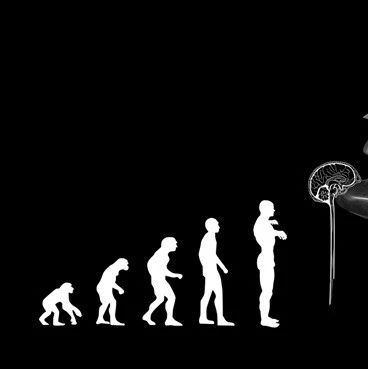导读:近日,发表在Nature上的一项新研究,推翻了人们之前所认为的“鸽子出色的导航技能应当归功于鸽子喙部上富含铁质的神经细胞”的理论。这一发现使得研究动物如何感应磁场的道路变得更加迷雾重重。

近日,发表在Nature上的一项新研究,推翻了人们之前所认为的“鸽子出色的导航技能应当归功于鸽子喙部上富含铁质的神经细胞”的理论。
这项研究显示,鸽子喙部上富含铁质的细胞实际上是一种特定的白细胞,被称为巨噬细胞。这项发现彻底颠覆了人们之前的观念,让我们开始重新审视磁性细胞的问题。
“这一发现使得研究动物如何感应磁场的道路变得更加迷雾重重。” 该项研究的领导者David Keays博士说。
Keays博士继续说:“我们本希望找到磁性细胞,结果却意外地发现了成千上万个内部充满小铁珠的巨噬细胞。”
巨噬细胞是白细胞的一种,在抵御机体感染和循环利用红细胞中的铁质中发挥着举足轻重的作用。他们不太可能参与磁感应,因为它们并不是容易兴奋的细胞且不可能像神经细胞那样能产生影响鸽子行为的电信号。
这项研究由依托于维也纳分子病理学研究所的Keays博士实验室和来自西澳大学的Shaw博士、伦敦大学学院高级生物医学成像中心的Lythgoe和Riegler博士共同完成。
“我们运用了全球顶尖的成像技术来定位鸽子喙部充满铁质的细胞。” Mark Lythgoe博士说。
目前为止,对科学家们来说,候鸟和其他许多动物感应地球磁场和实现“导航”的机制仍然是个难解之谜。
“我们也不清楚这个谜究竟有多难解,但是至少,这项研究为我们排除了一些不正确的解释。” Keays说。

Clusters of iron-rich cells in the upper beak of pigeons are macrophages not magnetosensitive neurons
Christoph Daniel Treiber, Marion Claudia Salzer, Johannes Riegler, Nathaniel Edelman, Cristina Sugar, Martin Breuss, Paul Pichler, Herve Cadiou, Martin Saunders, Mark Lythgoe, Jeremy Shaw & David Anthony Keays
Understanding the molecular and cellular mechanisms that mediate magnetosensation in vertebrates is a formidable scientific problem. One hypothesis is that magnetic information is transduced into neuronal impulses by using a magnetite-based magnetoreceptor. Previous studies claim to have identified a magnetic sense system in the pigeon, common to avian species, which consists of magnetite-containing trigeminal afferents located at six specific loci in the rostral subepidermis of the beak. These studies have been widely accepted in the field and heavily relied upon by both behavioural biologists and physicists. Here we show that clusters of iron-rich cells in the rostro-medial upper beak of the pigeon Columbia livia are macrophages, not magnetosensitive neurons. Our systematic characterization of the pigeon upper beak identified iron-rich cells in the stratum laxum of the subepidermis, the basal region of the respiratory epithelium and the apex of feather follicles. Using a three-dimensional blueprint of the pigeon beak created by magnetic resonance imaging and computed tomography, we mapped the location of iron-rich cells, revealing unexpected variation in their distribution and number—an observation that is inconsistent with a role in magnetic sensation. Ultrastructure analysis of these cells, which are not unique to the beak, showed that their subcellular architecture includes ferritin-like granules, siderosomes, haemosiderin and filopodia, characteristics of iron-rich macrophages. Our conclusion that these cells are macrophages and not magnetosensitive neurons is supported by immunohistological studies showing co-localization with the antigen-presenting molecule major histocompatibility complex class II. Our work necessitates a renewed search for the true magnetite-dependent magnetoreceptor in birds.
文献链接:
https://www.nature.com/nature/journal/vaop/ncurrent/full/nature11046.html#/author-information








